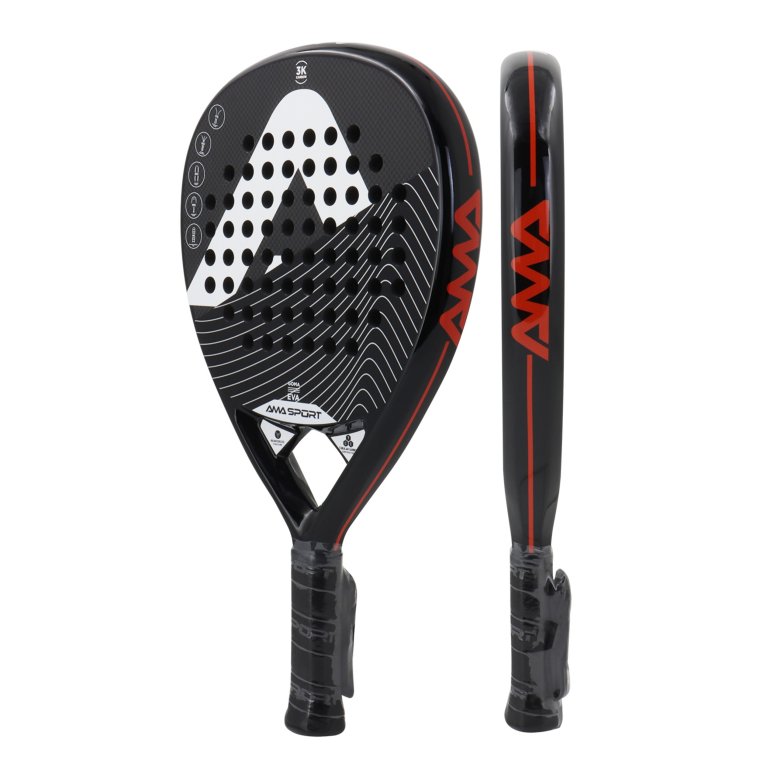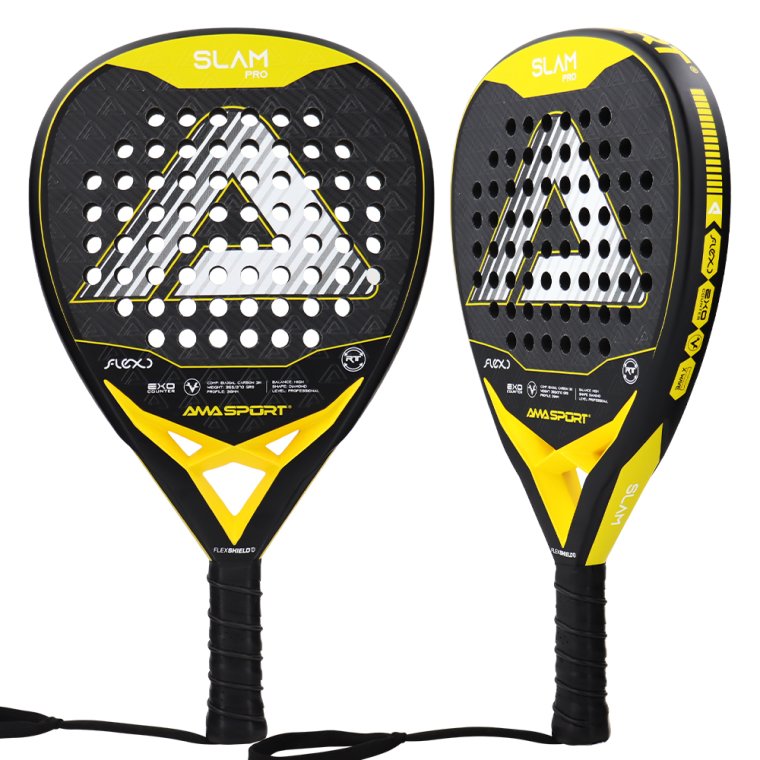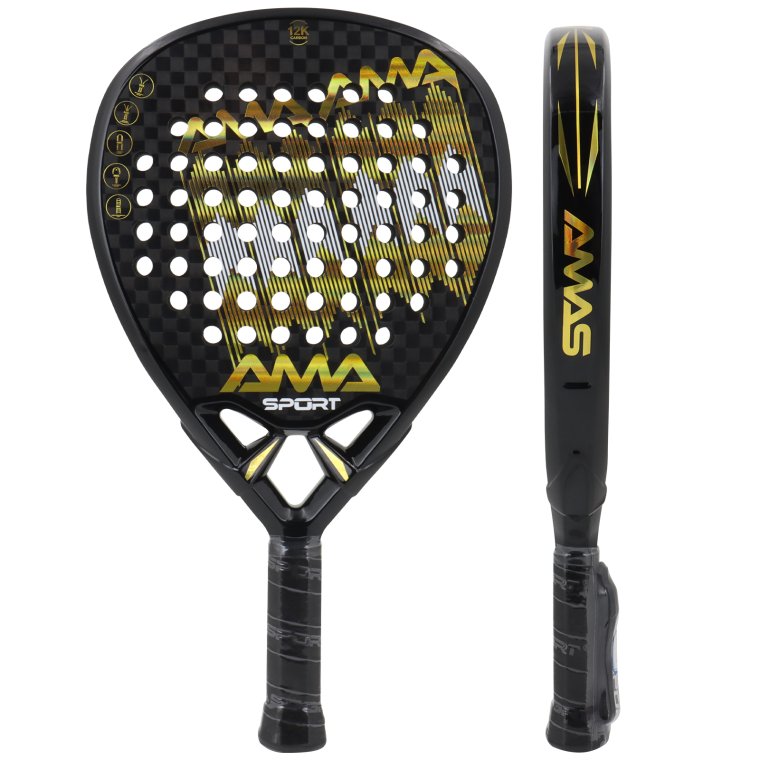Padel has rapidly gained popularity around the world, and with it, the demand for high-performance equipment has surged. Among the various materials used in padel rackets, carbon fiber stands out for its unique advantages. This blog explores the benefits of https://www.amasport.com/Padel-Racket compared to those made from other materials like fiberglass and aluminum fiber.
Understanding Padel Racket Materials
The Basics of Padel Racket Construction
Padel rackets are typically constructed using a combination of materials that affect their performance characteristics. The outer layers often consist of either carbon fiber or fiberglass, while the core is usually made from EVA foam or other composite materials. The choice of materials significantly impacts the racket's weight, durability, power, and control.
Common Materials Used in Padel Rackets
Carbon Fiber: Known for its strength-to-weight ratio, carbon fiber is a high-end material that provides excellent durability and performance.
Fiberglass: Generally more affordable, fiberglass offers flexibility and comfort but lacks the power and control found in carbon fiber.
Aluminum Fiber: This material falls between carbon and fiberglass in terms of hardness and is often used to create a balanced racket suitable for various playing styles.

Unique Advantages of Carbon Fiber Padel Rackets
1. Enhanced Durability
One of the most notable benefits of carbon fiber is its superior durability. Carbon fiber rackets are designed to withstand the rigors of competitive play without compromising their structural integrity. Unlike fiberglass, which can wear down over time or break upon impact, carbon fiber maintains its shape and performance level longer. This durability means fewer replacements and repairs, making it a cost-effective option for serious players.
2. Increased Power Output
Carbon fiber rackets excel in delivering greater power during shots. The material's rigidity allows players to transfer energy more efficiently from their swing to the ball. When making quick shots or smashes, carbon fiber does not absorb much energy; instead, it propels the ball with speed and precision. This feature is particularly advantageous for aggressive players who rely on powerful strikes to dominate their opponents.
3. Superior Control and Precision
In addition to power, carbon fiber provides enhanced control over shots. The stiffness of the material allows for more accurate ball placement, enabling players to hit with precision even at high speeds. This control is crucial during critical points in a match when every shot counts. Players can execute complex shots with confidence, knowing that their racket will respond predictably.
4. Lightweight Design
Carbon fiber is notably lighter than fiberglass while maintaining strength. This lightweight characteristic allows for greater maneuverability on the court, enabling players to react quickly to their opponents' shots. A lighter racket reduces fatigue during long matches, allowing players to maintain peak performance throughout their games.
5. Vibration Dampening
Another advantage of carbon fiber is its ability to dampen vibrations upon impact with the ball. This feature provides a more comfortable playing experience by reducing strain on the arm and wrist. Players who suffer from conditions like tennis elbow may find carbon fiber rackets particularly beneficial as they minimize shock transfer during play.
6. Versatile Playing Styles
Carbon fiber rackets can cater to various playing styles thanks to the different types of carbon used in their construction:
3K Carbon: Offers a balance between flexibility and rigidity, making it suitable for intermediate players who need both power and control.
12K Carbon: Provides a softer feel while still maintaining strength, ideal for all-around players seeking a blend of comfort and performance.
18K Carbon: Designed for advanced players looking for maximum power output without sacrificing control.
This versatility allows players at different skill levels to find a racket that suits their individual needs.
Comparing Carbon Fiber with Other Materials
Carbon Fiber vs. Fiberglass
While fiberglass offers certain advantages like flexibility and comfort—making it suitable for beginners—it cannot match the performance characteristics of carbon fiber:
Power: Carbon fiber delivers more power than fiberglass due to its rigidity.
Durability: Carbon fiber outlasts fiberglass in terms of wear and tear.
Control: Players experience better shot placement with carbon compared to the softer feel of fiberglass.

Carbon Fiber vs. Aluminum Fiber
Aluminum fiber serves as a middle ground between carbon and fiberglass:
Weight: While aluminum is lightweight, it does not offer the same level of stiffness as carbon.
Power vs. Control: Aluminum fibers provide decent power but may lack the precision that advanced players seek from carbon rackets.
Durability: Carbon remains superior in terms of longevity compared to aluminum fibers.
VI. Customization Options
AMA SPORT provides customized options for carbon fiber padel rackets, and can provide carbon fiber padel racket OEM.ODM services according to your needs.
If you are looking for solutions for carbon fiber padel rackets, please contact AMA SPORT.

Conclusion
In summary, carbon fiber padel rackets offer unique advantages that make them an excellent choice for serious players looking to enhance their game. With superior durability, increased power output, enhanced control, lightweight design, vibration dampening capabilities, and versatility across different playing styles, carbon fiber stands out as a premium material in padel racket construction.






